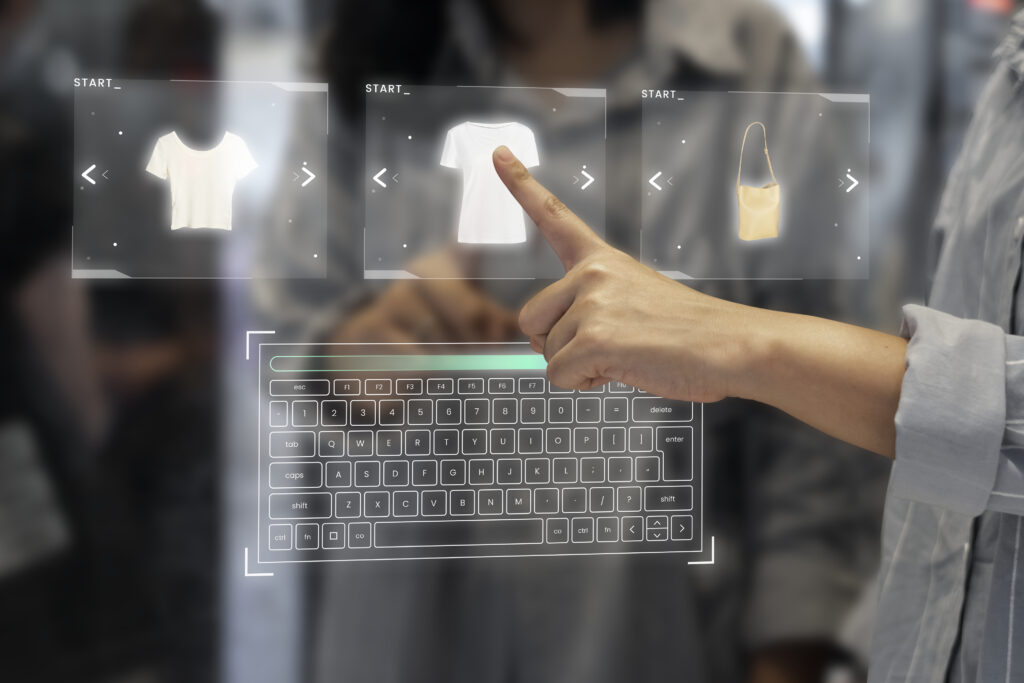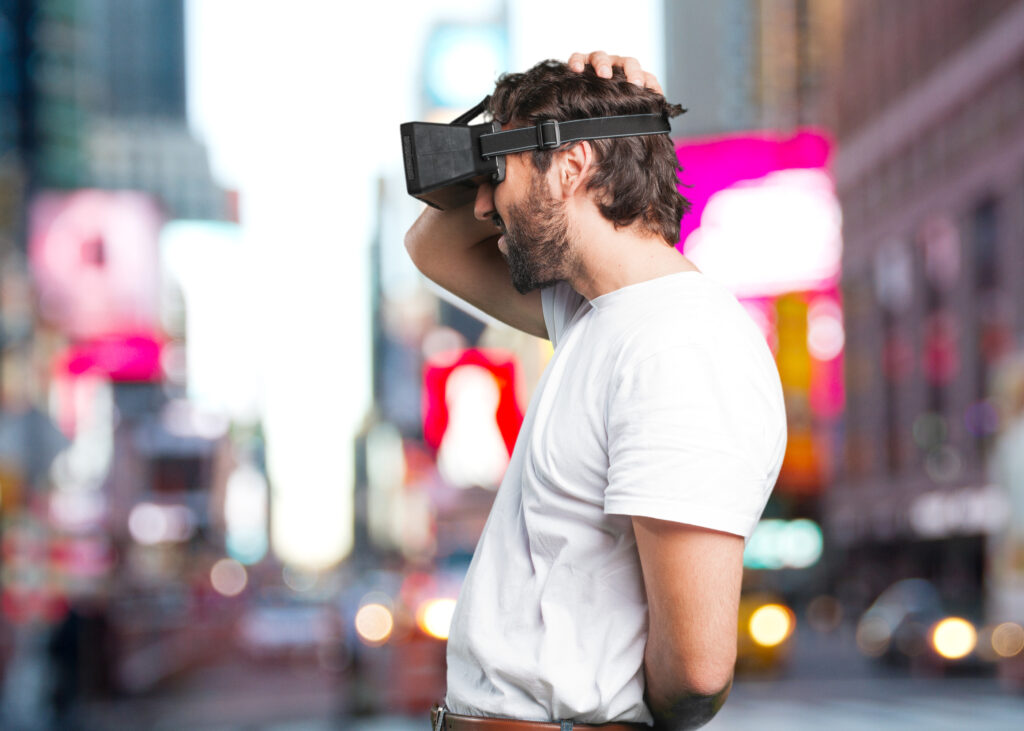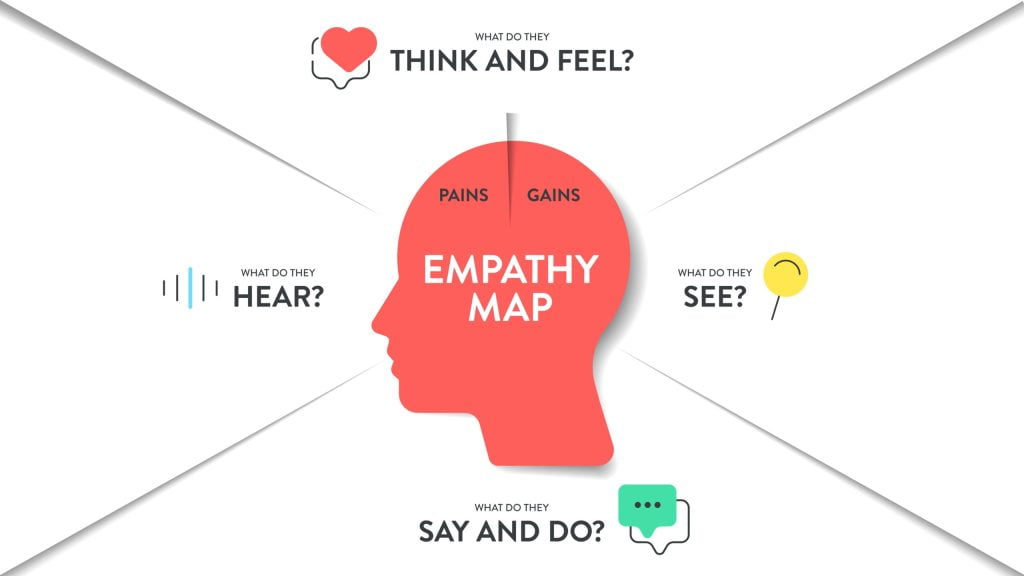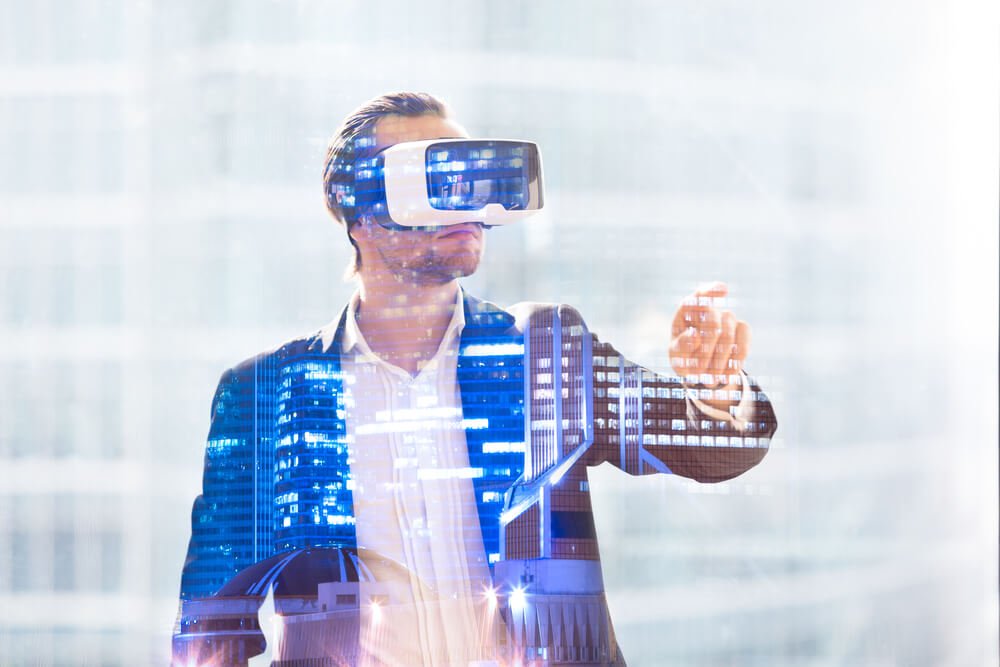Exploring Metaverse Identity: Defining Who We Are Online
Table of Contents:
When the internet first became widely available, it offered people new ways to explore their identity, leading to the creation of digital personas that could be quite distinct from real-world personalities. With the advent of the metaverse, it is now possible to explore the boundaries of identity even further. This new frontier has completely transformed how people experience their own digital identities as well as those of the people they encounter while online. As the complexity of the metaverse continues to deepen, the implications for digital identity will only increase. In this article, we look at how we define our identity online, as well as the issues that come along with establishing a digital identity in the metaverse.
What is digital identity?
Simply put, digital identity is the concept of defining oneself in the digital world. It is the way a user presents themselves online, something which many people are used to doing nowadays through social media and other means. In the metaverse, however, there are far more ways to express your identity that are more similar to those we have in the real world. The primary example is through an avatar – a 3D character who represents you in the metaverse. Digital natives and generations who have grown up online are already completely at home with creating and customizing avatars for online interactions. Some prefer to give themselves an appearance similar to their real physical body, with digital twin technology giving people the possibility to create an exact copy of themselves, while others like to be more adventurous and construct a completely different look. This can be done by making simple changes to things like hair colour or by adding a tattoo, or it can involve more radical alterations, such as presenting yourself as a robot or some kind of other being. To a large extent, a person’s avatar depends on the online setting in which it is being used. In a professional setting, it is more likely to represent the user’s physical appearance, while for gaming or other leisure activities, it can be more outlandish. In fact, people may have many avatars, with different options for specific metaverse spaces, though it can become difficult to manage these across multiple platforms.
In addition to an avatar, digital identity is also tied to a person’s digital products, which in the metaverse will consist of a collection of NFTs for things like digital clothing for their avatar, digital artwork, or even digital land (see our Mazer blog posts on metaverse real estate). The way in which an individual interacts online also forms part of their digital identity. This area is sure to grow over the coming years as metaverse businesses begin to establish themselves in the metaverse space. With increasing metaverse options, people will begin to move their social media profiles into the metaverse and interact more within the virtual world, defining their digital identities more precisely.
Another component of digital identity, and possibly the most important one, is the data associated with it, such as your virtual address or domain name, and information about the things you share and the websites you visit. This underpins each user’s entire online identity and is used to authenticate who they are when they enter different areas of the metaverse. In fact, digital identity is the cornerstone of all online transactions, building a sense of trust between users and metaverse companies or services providers. Therefore, being able to establish a consistent identity across many metaverse platforms via different avatars and keeping the data behind it safe and secure will be essential for the success of the metaverse as a whole.
More than skin deep
Ultimately, the deeper question is about whether people will be able to express facets of their personal identity beyond the appearance of an avatar or the set of data behind their online presence. Will individuals be able to go deeper into a representation of their emotional makeup by displaying more subtle areas of their personality that they cannot show currently when interacting online. In real life, people’s minds pick up on subtle changes in posture or minor alterations in facial expression to understand how others are feeling. In the metaverse, this is quite basic as only broad expressions can be exhibited, not more understated ones.
Several metaverse organisations are working on giving virtual avatars more lifelike expressions and body language. For example, Mazer has developed advanced eye-tracking and lip-syncing technologies for their metaverse platform that allow users to act out more expressive movements to show a wider range of emotions, which can in turn help them build trust more effectively with other users online. Combined with advanced voice recognition and accurate location of audio in relation to the user when in the virtual world, the user experience within the Mazer metaverse platform is second to none. As these technologies continue to improve, they will facilitate more authentic human connection in the metaverse by allowing users to express more and more of their genuine identity online. Eventually, it might even get to a stage where virtual interactions are so authentic that people will think of their digital identity as being just as important as their real-world identity.
Unlock the future with Mazer: Your innovation partner.
Establishing a consistent identity
Interoperability has become a buzz word in the metaverse over the past couple of years. Some metaverse businesses have dedicated themselves to making sure that the various different metaverse platforms which currently exist can all host each individual user’s identity in a seamless way that avoids people having to cross unnecessary barriers as they traverse between them. The concept of digital passports allows users to act with a single digital identity, which can be used to identify them and carry their information across different metaverse platforms. However, there are concerns that this would mean using a single global system to establish a digital identity, which would require centralization, going against the principles of web3. It would also restrict choice and allow centralized organisations to track user’s data, something which has become a sensitive issue in recent years.
A counterbalance to this would be to have a decentralized identity system which is distributed amongst different organizations. This avoids the problems of centralization, but also makes security an issue since it is harder to track transactions. However, it allows different organizations to offer their own specific identity services to cater to particular customer’s needs. It is possible to have both systems running at the same time, and this is probably what will occur in the end, with users having access to both centralized and decentralized options. Then it will be up to each individual to choose which benefits they would rather have. The crucial fact is, though, that the ability of users to retain a single identity as they move from one metaverse platform to another will be an essential feature of the digital world, especially as the number of metaverse realms proliferates.
However, it’s not just important for individuals to create a consistent digital identity. For businesses, it is becoming more and more important to create a distinct and respected metaverse identity. Rather than creating a set of avatars, though, for businesses, it’s about building a set of online behaviours and ways of interacting that establish a distinct voice which can be used consistently across all social media and metaverse platforms. The content that is created to express a company’s identity must be compelling and meet the needs of its customers, all of which requires research and an understanding of the digital identities of the individuals using their services. Once again, retaining a single company identity across virtual worlds will be key in building a fully functional digital universe.
Security issues
As with real-world identities, it is incredibly important to keep data secure. This applies to individuals, but also metaverse businesses, brands, and celebrities as well. Without robust security systems and effective measures for verifying and protecting metaverse identities, the whole virtual universe will be open to hackers, fraudsters, scammers, and identity thieves. Fortunately, some metaverse businesses have already set up ways to protect and verify virtual identities through digital cryptographic credentials. For example, PhotoChromic are storing identities in NFTs, giving each user their own NFT ID so that they can be verified using their digital assets through the blockchain. This will be incredibly important for protecting people from abusive behaviour online as well.
As digital identities become more realistic, the chances for people to display more authentic hostile and abusive behaviours also increase, so this will need to be monitored and protected against, particularly for vulnerable groups such as children. Estonian startup Veriff has already begun to think about this, building an identity verification solution aimed at protecting underage users. It combines ID verification software with face matching to restrict access to unsuitable content. This will be an incredibly important innovation for the metaverse, giving parents peace of mind that their children can enter the virtual world in safety.
For adult individuals, self-sovereign identity solutions (SSI) seem to be the best option for now, with some suggesting that all users entering the metaverse should be forced to register their real individual identity and match it with their digital one to decrease the amount of illicit activity taking place there. Not only would this be more secure, but because of the use of the blockchain and NFTs in the metaverse, it would give users far more autonomy over their own data. Indeed, this is one of the key advantages of web3 innovations. With SSIs, users can manage their own digital identity, taking it with them as they travel throughout different metaverse platforms, sharing what they want, when they want, with who they want, and keeping the rest hidden. It allows people to show that their digital identity is connected to a person in the real world so that they can be granted access to certain metaverse spaces. It also helps metaverse businesses as it makes it harder for people to hide their actual identity behind a digital one, allowing companies to block unverified users from entering their spaces and minimizing fraudulent behaviour and scams in the process.
Companies like Liquid Avatar are helping to facilitate this by allowing users to create a profile with a range of different avatars for different purposes that are all connected to the same digital identity with verifiable credentials attached to it. Identities are verified and secured using biometric data and the blockchain to give high levels of security, while also allowing users full control over what is shared. As mentioned above, interoperability is key to a successful metaverse, so Liquid Avatar has been set up to be as interoperable as possible. Users can verify themselves in a range of virtual locations, giving them freedom to move throughout different metaverse platforms, all the while knowing that their data is as secure as it can be.
Final Thoughts
Identity in the metaverse is an area of increasing importance as it combines decentralized identity with interoperable avatars to allow users and businesses to act freely and effectively within this new virtual world. If properly set up, the metaverse can offer people useful ways to store their data and grant them access to their own sovereign identity, giving them the ability to act as real individuals in multiple digital locations. Whatever the dominant system ends up being, it must be secure, private, decentralized, interoperable, and easy to use, or the problems it creates will be too great to ever lead to mass adoption.
If those involved in building the metaverse can come together to establish a series of identity standards that can be broadly adhered to, the metaverse can bring about an integration of digital and real-world identities that will eventually blur the lines between the two. Once this is achieved, people will be able to fully explore the boundaries of their digital identity in the metaverse and express themselves in ways that are not possible in the real world. It truly is an exciting prospect for the future of technology.
Read also: How The Metaverse Will Change The World
What is digital identity?
Digital identity refers to the way a person defines oneself in the digital world. It is how a user presents themselves online, which can be through an avatar, digital products, and their online interactions. In the metaverse, avatars are the primary way of expressing one’s identity. Avatars can be customized to resemble the user’s physical appearance or be completely different. Digital identity is also associated with the data behind a user’s online presence, which is used to authenticate their identity in the metaverse.
What is the role of data in digital identity?
The data associated with a person’s digital identity, such as their virtual address or domain name and information about the things they share and the websites they visit, underpins their entire online identity. It is used to authenticate who they are when they enter different areas of the metaverse. Digital identity is the cornerstone of all online transactions, building a sense of trust between users and metaverse companies or service providers. Therefore, establishing a consistent identity across many metaverse platforms via different avatars and keeping the data behind it safe and secure is essential for the success of the metaverse as a whole.
Can people express facets of their personal identity beyond the appearance of an avatar or the set of data behind their online presence?
Several metaverse organizations are working on giving virtual avatars more lifelike expressions and body language to show a wider range of emotions. Mazer, for example, has developed advanced eye-tracking and lip-syncing technologies for their metaverse platform that allow users to act out more expressive movements to show a wider range of emotions, which can in turn help them build trust more effectively with other users online. As these technologies continue to improve, they will facilitate more authentic human connection in the metaverse by allowing users to express more and more of their genuine identity online.
What is interoperability, and how is it relevant to digital identity?
Interoperability is the ability of different systems or platforms to communicate and exchange data seamlessly. In the metaverse, interoperability means that various different metaverse platforms can all host each individual user’s identity in a seamless way, avoiding people having to cross unnecessary barriers as they traverse between them. The concept of digital passports allows users to act with a single digital identity, which can be used to identify them and carry their information across different metaverse platforms. However, there are concerns that the implementation of digital passports may result in centralization and lack of privacy, so it is important to consider the implications of this technology carefully.
Unlock the future with Mazer: Your innovation partner.
Author: Rafał Siejca
Rafal has over twenty years of corporate experience, including roles at Millennium Bank, Comarch, and leading software teams at PZU, one of Europe’s largest insurance companies.As one of Poland’s few true VR experts with a decade of experience, he ensures timely, high-quality project delivery as CEO and CTO.







